Expert reveals reason dingoes attack tourists
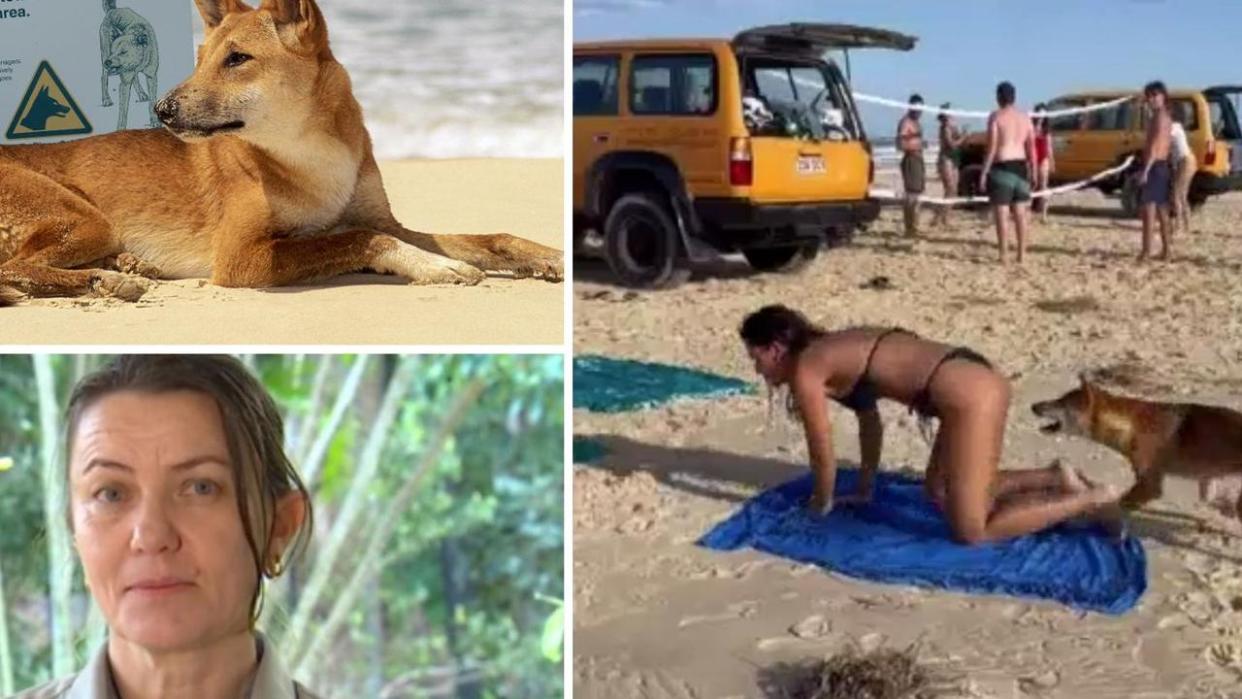
Campers visiting the popular holiday destination K’gari over the summer are being urged to stay vigilant after nearly 30 dingo attacks were recorded throughout 2023.
K’gari, formerly known as Fraser Island, off the coast of Queensland is the ideal spot for families to visit over the festive season but authorities have warned tourists to make sure they’re aware of the safety guidelines when interacting with dingoes.
The island’s natural predator has a long history of being a popular animal for tourists to see up close, but some visitors have needed medical attention after their interactions.
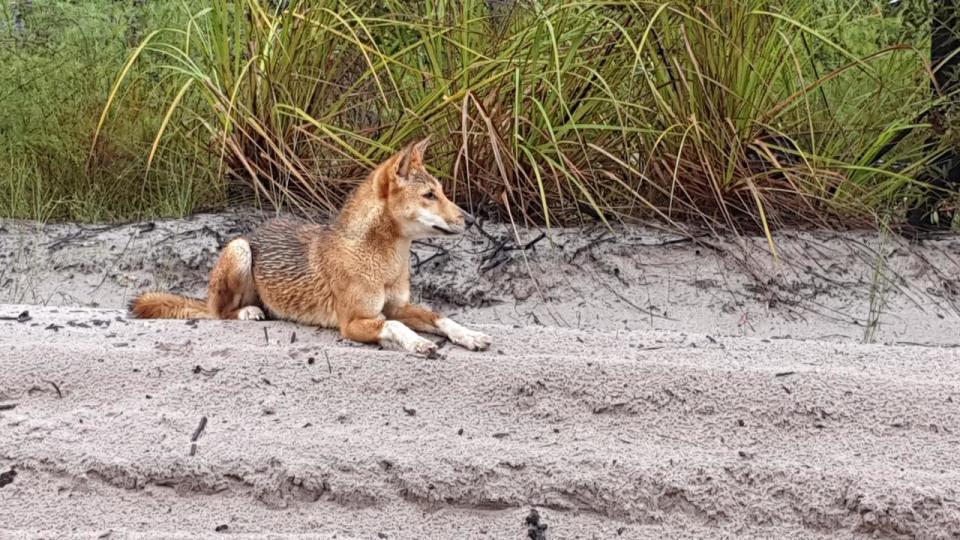
Latest statistics show there were 28 high-risk incidents up to mid-November last year, compared to just five in 2022 and 13 in 2021.
A seven-year-old girl was bitten by a dingo as recently as Thursday.
Her family were waiting in a vehicle for a boat at Hook Point when they spotted a dingo (wongari) hanging around the area.
The girl’s mother stepped out of the vehicle to take photos of the dingo, unaware her children had followed.
The dingo then approached the seven-year-old, who became frightened and ran, before the dingo followed and bit her on the thigh, leaving puncture wounds that needed immediate treatment.
Queensland Parks and Wildlife Service senior ranger Linda Behrendorff says Aussie tourists are more likely to approach a dingo than foreign visitors who generally research the safety messages for the island before arriving.
“For the most part people want to come to the world heritage island and make memories but there’s a small percentage of people who aren’t sticking to the recommendations that have been created to keep yourself and others safe,” Dr Behrendorff said.
“It is frustrating because us Aussies should know better.
“It’s all been over the media, there is no excuse.
“Everyone’s got a mobile phone so you don’t get away with much and it generally is Australians and that’s disappointing.”
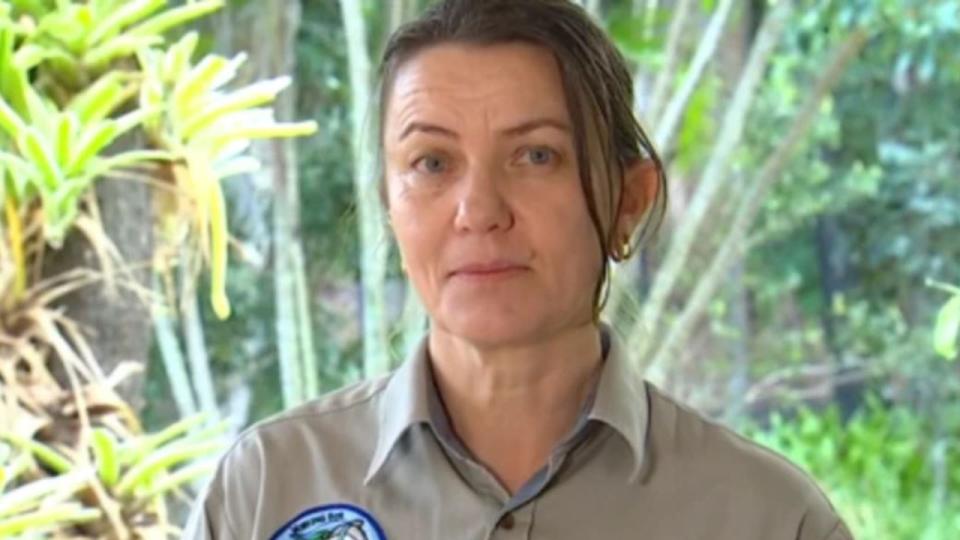
Several serious attacks were recorded on the island in 2023, as were incidents of people approaching or feeding dingoes to share the video footage on social media.
Dr Behrendorff said people needed to be aware of the risks of visiting the national park.
Two women were bitten on the thigh in separate incidents in August, while a 24-year-old woman was set upon by four wongari while jogging in the Orchid Beach area of the island in July.
The woman ran into the ocean in an attempt to escape but was followed by the animals, suffering more than 30 bites to her arms, legs and torso in the ordeal.
Dr Behrendorff said children were also at high risk of being attacked or approached by dingoes.
She urged parents to stay with their children at all times and not just by watching them from afar.
“You can’t outrun a dingo,” Dr Behrendorff said.
A six-year-old girl was rushed to hospital after a dingo attack on April 3 this year.
She was bitten on her head and suffered puncture wounds around her ear, as well as minor cuts to her hands while swimming in a shallow lagoon at Waddy Point in the northern part of the island.
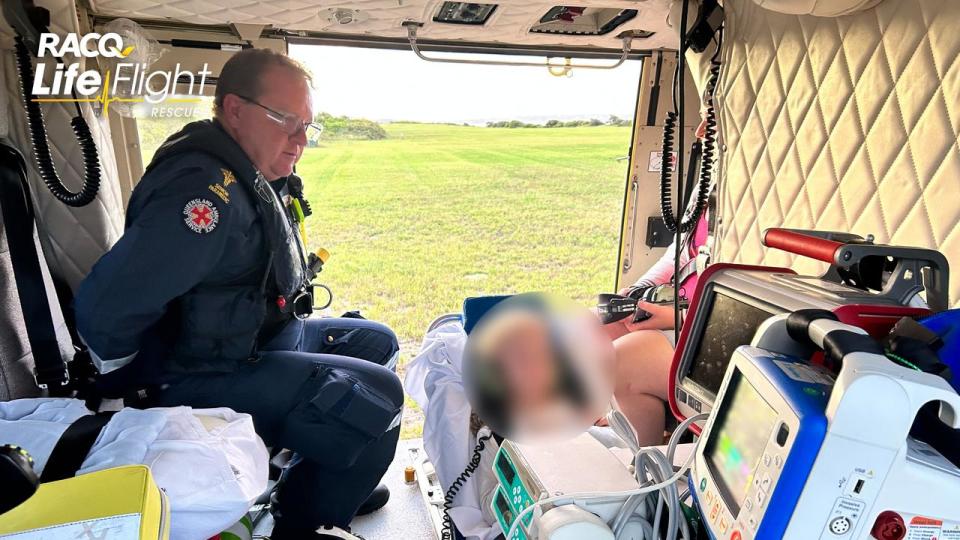
According to RACQ LifeFlight, the dingo “held her underwater for a few seconds before nearby family members were able to get the dingo off her”.
She was treated by paramedics at the scene for head and hand injuries, before being flown in a stable condition to Hervey Bay Hospital in central Queensland.
The attack was followed two days later when a 10-year-old boy who was also mouthed on the back of the leg by a dingo.
The boy, who was found by a ranger, had no injuries and required no medical intervention.
Another 10-year-old boy was attacked and dragged underwater by a dingo on the west coast of K’gari in front of a camping area in June.
He suffered puncture wounds to his shoulder and bruises to his collarbone in the attack.
Another incident occurred around the same time when a French tourist was bitten while sunbaking on the eastern side of the World Heritage listed island.
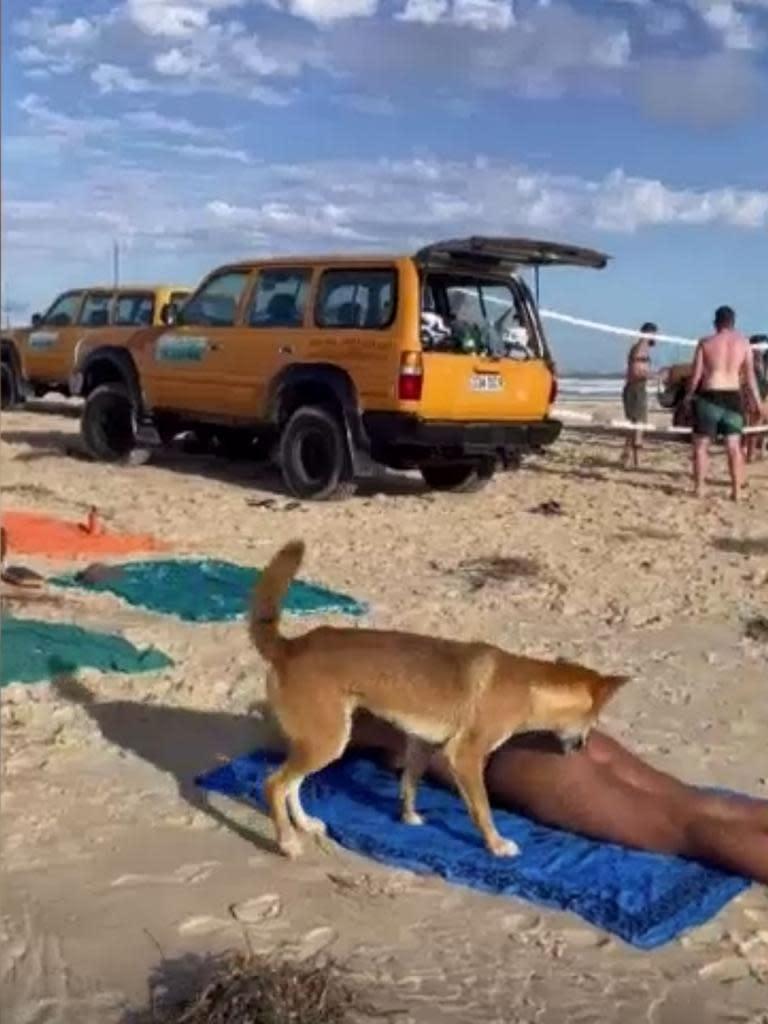
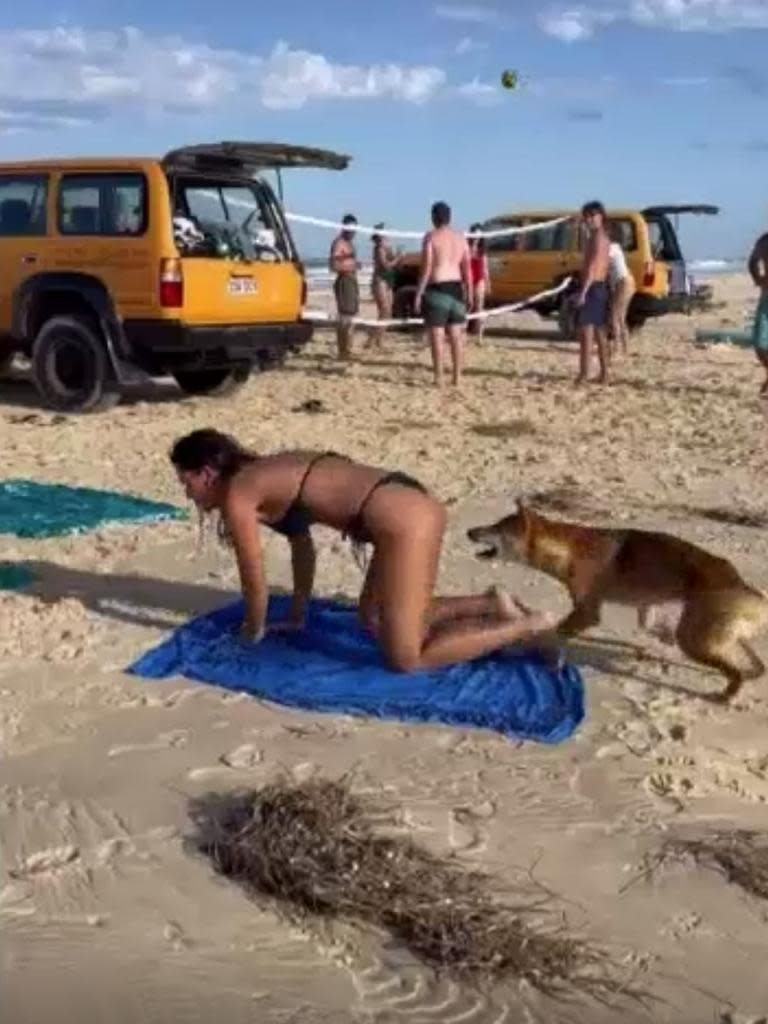
Footage of the attack showed the chilling moment the dingo approached the woman, who was unaware the animal was nearby, before it nipped her.
Dr Behrendorff urged people to be aware at all times of your space when visiting the island.
“(The French tourist) was in an area she thought was safe,” Dr Behrendorff said.
“She was in and around people and had a tour leader who was technically looking after her and the group.
“The fact that those animals were able to wander through the herd of people unchallenged and people just let them sniff at bags and sniff at people and then have a nip at someone, that can’t happen.
“Dingoes shouldn’t be allowed to do that, they should be challenged and moved on and just be made to know that in some of these areas they need to stay wild.”
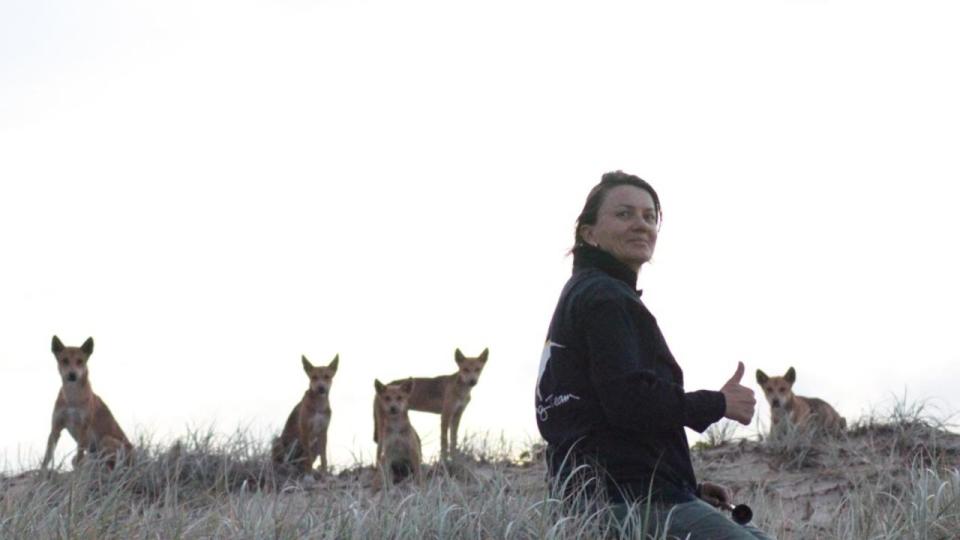
Dr Behrendorff encouraged people to carry large sticks or fishing rods when walking the island, as these can scare off dingoes.
She said rangers have found a number of items in dingoes throats or carcass, including an wire, handbags and even an iPad.
She encouraged people to always lock up their items to avoid over curious dingoes visiting their camps.


